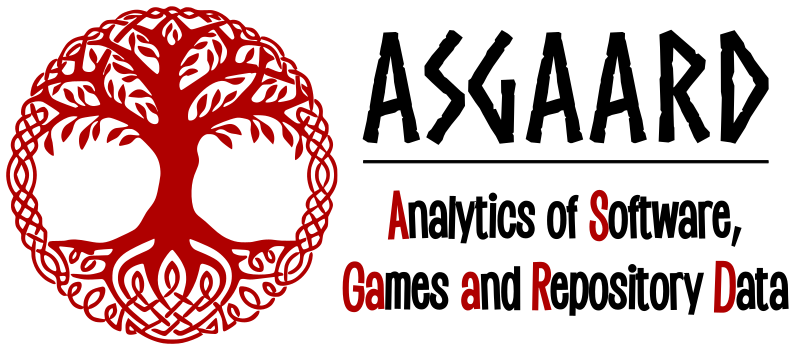Rain’s paper “An Empirical Study of Trends of Popular Virtual Reality Games and Their Complaints” was accepted for publication in the IEEE Transactions on Games journal! Super congrats Rain!
Abstract:
The market for virtual reality (VR) games is growing rapidly, and is expected to grow from $3.3B in 2018 to $13.7B in 2022. Due to the immersive nature of such games and the use of VR headsets, players may have complaints about VR games which are distinct from those about traditional computer games, and an understanding of those complaints could enable developers to better take advantage of the growing VR market. We conduct an empirical study of 750 popular VR games and 17,635 user reviews on Steam in order to understand trends in VR games and their complaints. We find that the VR games market is maturing. Fewer VR games are released each month but their quality appears to be improving over time. Most games support multiple headsets and play areas, and support for smaller-scale play areas is increasing. Complaints of cybersickness are rare and declining, indicating that players are generally more concerned with other issues. Recently, complaints about game-specific issues have become the most frequent type of complaint, and VR game developers can now focus on these issues and worry less about VR-comfort issues such as cybersickness.
See our Publications for the full paper.
